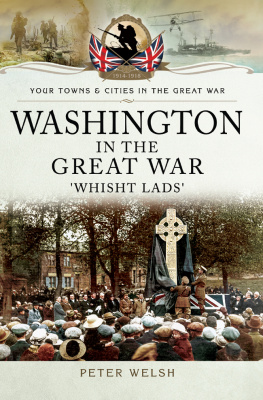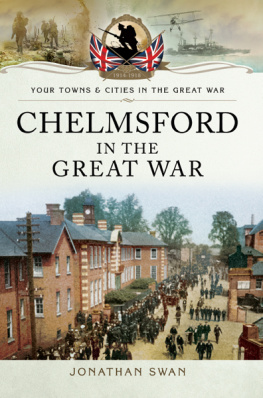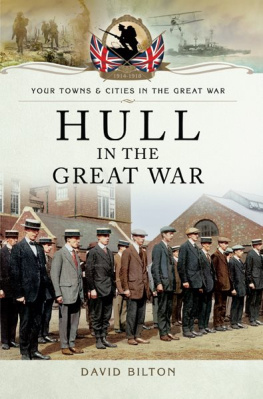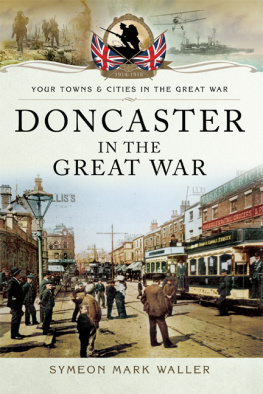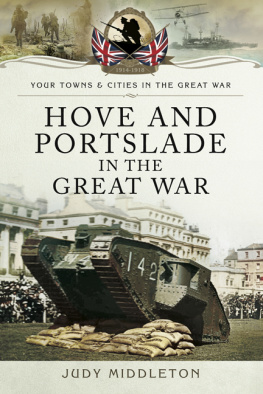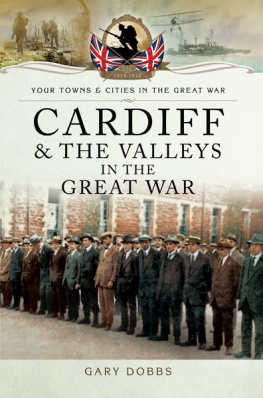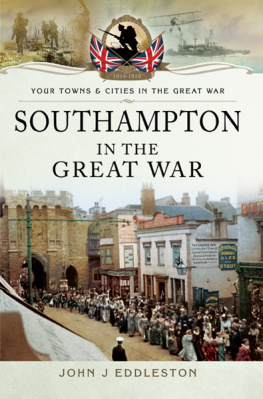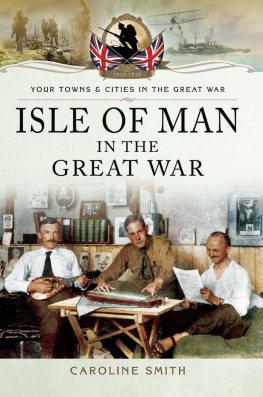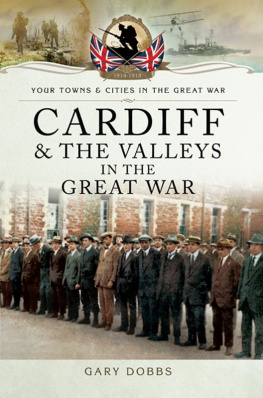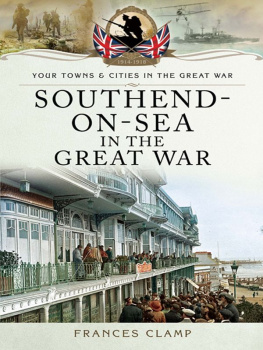This book would not have been possible without the support of Wessington U3A whose structures, and supportive members, have made possible our exhibitions and displays, applications for grants and general organisation.
Id particularly like to thank Margaret Welsh, Gavin and Pauline Butterfield, Anne Phillipson, Liz Eddon, Tom Copeman, Ann Huntley, Wendy Eggerton, Barbara Fiddy and Gordon Fletcher the Washington Pals Battalion. Wad thou help? Aa wad.
Staff at Tyne and Wear Archives, Newcastle and Gateshead Libraries and Durham County Record Office have explained where the haystacks are and how we might find (or not) the needles hidden within. Local families have been, without exception, generous with their treasures and stories. Steve Jenkins of Leyton Orient Supporters Club and author of They Took the Lead has provided support, advice and photographs of William Jonas. Helen Barker and Gemma Reed at Beamish Museum have helped with artefacts and advice. The Co-op Community Fund, North Biddick Social Club, Washington Community Development Fund, Washington History Society, Sir James Knott Trust, Sainsburys at Washington, Gentoo and the Community Foundation have offered us grants for exhibitions. The North East War Memorials Project is an indispensable support. Sunderland City Council has offered support, both financial and moral. Gareth Crickmer at the Washington Star has helped us create a local profile and Mimi and Jackie Pillon at Varennes en Croix, Picardy, have provided us with wonderful lodgings and improve your French cos we dont speak much English courses near the battlefields. Keith and Richard at Lab@dh3imaging.co.uk have supplied display boards of high quality.
So, thanks and well done to all the above. All errors are my responsibility. Apologies if there are any.

This book had its origins in a study of the names on the South Hylton War Memorial, a pupil at Pennywell School having brought in a collection of documents from South Hylton British Legion Club that were going in the bin if they could not find a home.
Our, that is the Fatfield and Harraton Chums Battalion, first research effort was to identify the men named on the memorial to the brave men of Harraton Parish. Then, with retirement and meeting like-minded people, it became a study of the memorials at Usworth (inside Holy Trinity Church), Washington Village and Fatfield and the formation of a group within the recently formed Wessington U3A. Just like Topsy
If the question is, Wad thou gan? then the answer is We wad and so weve been to visit the graves and memorials of local men in Northern Italy, Berlin, Belgium, France, Gallipoli and the UK and there are still more to see, both at home and abroad.
Not only that, there are some men still not satisfactorily identified the search goes on.
In researching such a topic it is impossible to separate the men from their families, homes, workplaces, attitudes and recreation and the book attempts to give a view of what was happening in Washington during the Great War, as well as paying tribute to the men who were away fighting it and whose fates had such an impact on these three pit villages.
Local libraries and archives have been given files with what we know about the men (and one woman), who died as a result of their service, so if you, dear reader, want more information, it is available. Of course the files were out of date as soon as they were printed and new information has been obtained about some of the men, but thats life. In addition we have many photographs of men, their graves and various pieces of ephemera, all of the latter provided by relatives. All photographs and information can be supplied, by email, free of charge.
All names of men (and one woman) on the memorials at Fatfield, Washington and Usworth are emboldened in the text e.g., Stephen Mills, Fred Armstrong.
Check out wwmp.weebly.com for links to our film Washington Men in the Great War: Wad thou gan? Aye aa wad.
Photograph Credits
Where there is no source against the photograph these are photographs freely available in and around the village. Thus Joan Nichol has a large number of photographs of old Washington, so too Jim Gill, so too Washington History Society. Im aware that its possible that some of the photographs could still have copyright attached but locating the copyright holder seems unlikely. Can I therefore apologise to anyone whose copyright has been infringed and state that it was not done with the intention of denying your rights.
Washington, Harraton and Usworth Pre-war

Washington
Kellys Directory of 1914 describes Washington thus, a parish, township and considerable village near the navigable river Wear7 miles west from Sunderland, 7 south-east from Newcastle and 10 north-east from Durham, in the Chester-le-Street division of the county, in the ward and union of Chester-le-Street, petty sessional division and county court of Gateshead, rural deanery of Chester-le-Street and archdeaconry and diocese of Durham.
Kellys then featured Holy Trinity Church, a Catholic chapel, a Wesleyan chapel, and further Wesleyan, Primitive Methodist and Plymouth Brethren chapels at Washington Station. Dame Margarets Hall, affiliated to Dr Barnardos, was a home for waifs and strays. It mentions an extensive colliery [F Pit], an iron works [Cooks], a bath brick manufactory [Bowring & Co] and a Chemical Works [Newalls]. The chief landowners were the trustees of Robert Charles Duncombe Shafto, Wenman Aubrey Wykeham-Musgrave and Sir Wilfred Lawson, Bart. The area of the township was 1,973 acres, the main crops were wheat, barley, oats and turnips and the population of the township in 1911 was 7,821. Kellys also listed significant people at New Washington and Washington Station, areas separate, but not far, from the old village. They included the normal range of butchers, bakers, candlestick makers, undertakers, publicans and grocers. Argentina was represented by the River Plate Meat Co., the medical profession by Doctors Farquharson, Tocher and Jacques and banking by Lloyds.

